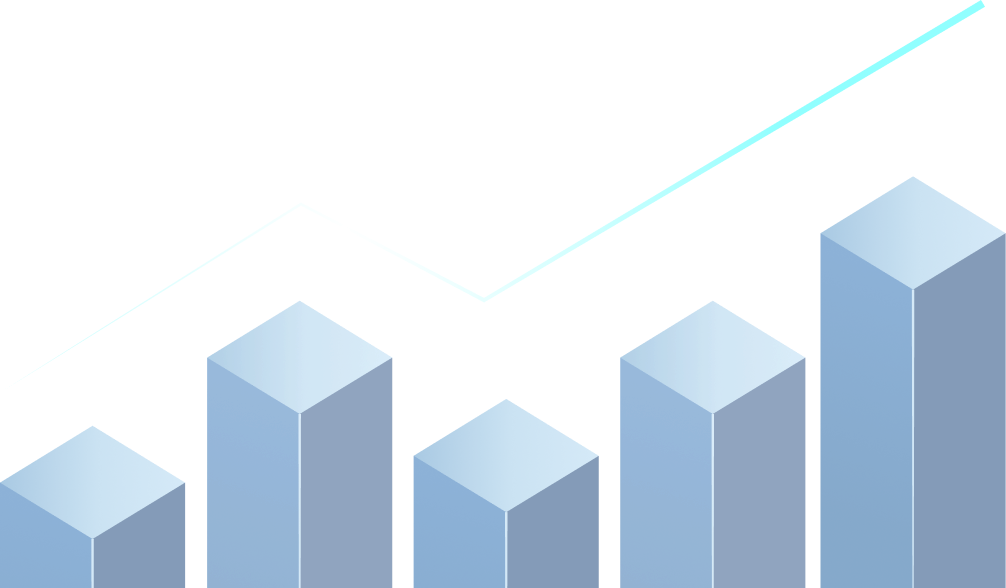
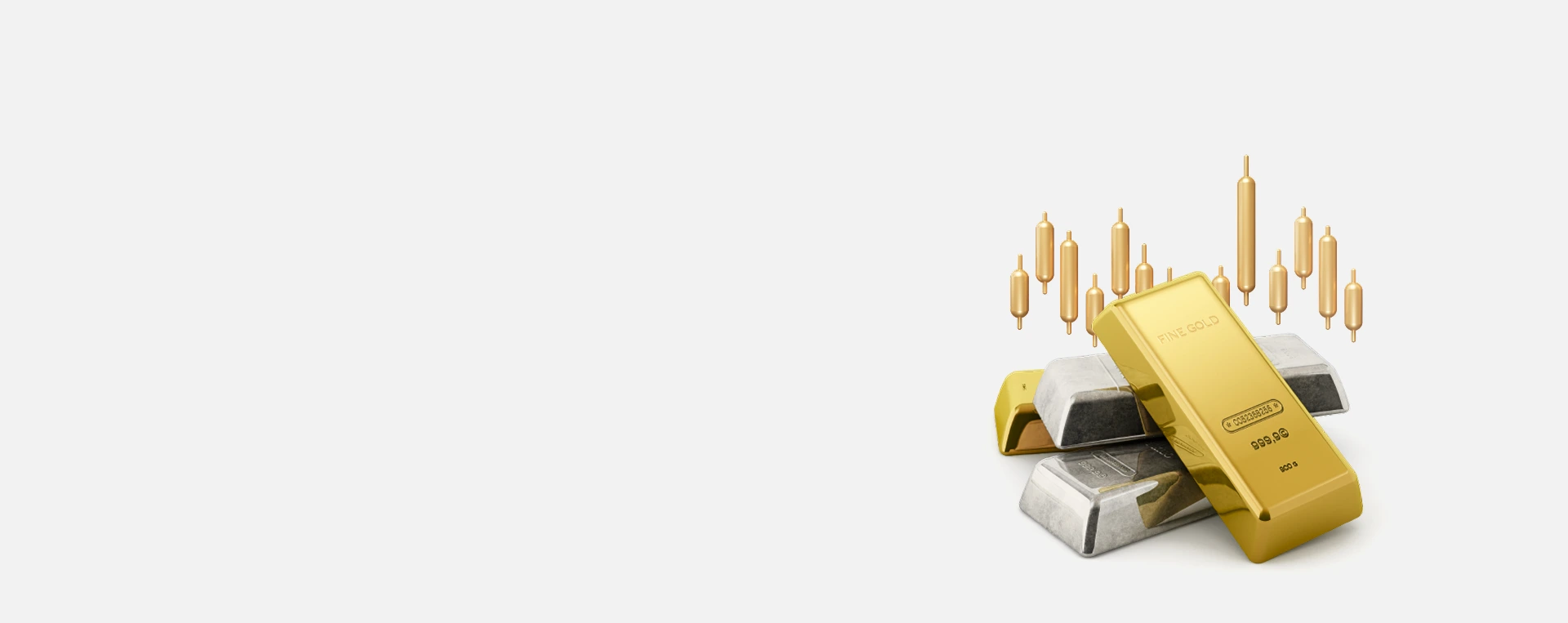
Reasons for Trading Metals
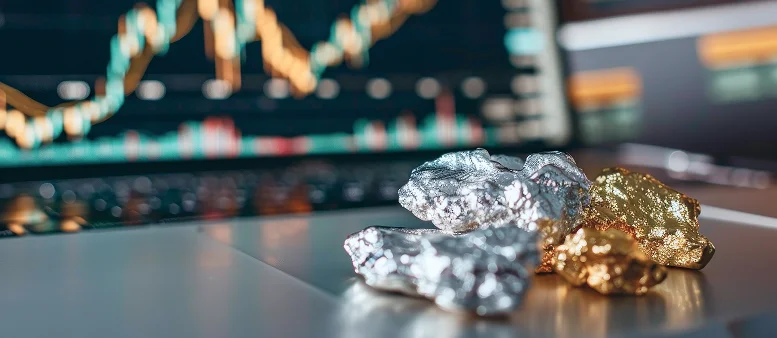
Gold and silver trading work with different strategies and approaches.
Some traders seek to take advantage of short and long-term economic uncertainty. Traditionally, demand for gold and silver rises during economic and political crises. Inflation, wars, recessions, stock market crashes, and other unfortunate events cause investors to look for safe havens like gold and silver. Those who buy metals early can profit from the rise in demand.
Gold trading is also possible for short-term speculation. For example, TMGM offers gold via the XAU/USD CFD. You can day trade this contract much like you would a forex pair. With leverage (another essential feature of contracts for difference), you can open positions with limited capital and target profits from small price moves that commodities experience during the average trading day.
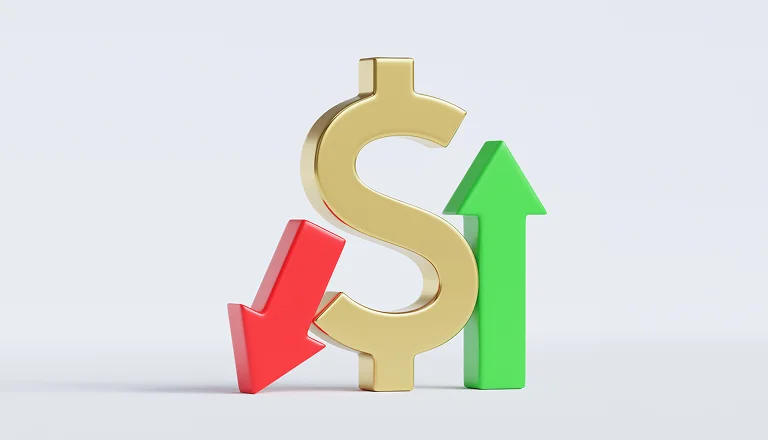
Finally, gold has an inverse relationship with influential currencies like the US Dollar. When the value of the USD falls, the price of gold rises. Some traders may open gold positions to profit when the dollar falls.
Gold and silver often move together. However, they can sometimes move in different directions. The gold/silver ratio tracks this relationship. It measures how many ounces of silver you need to get the equivalent value of 1 ounce of gold.
Trade Smarter Today





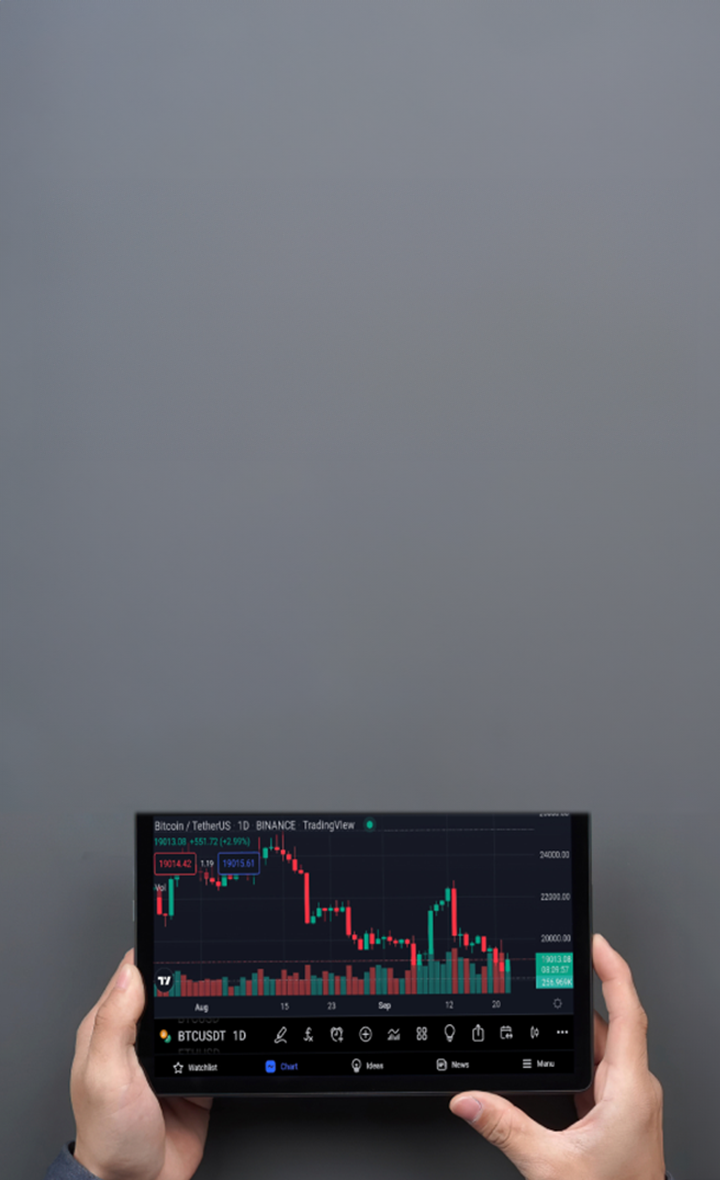
Account
Account
Instantly


